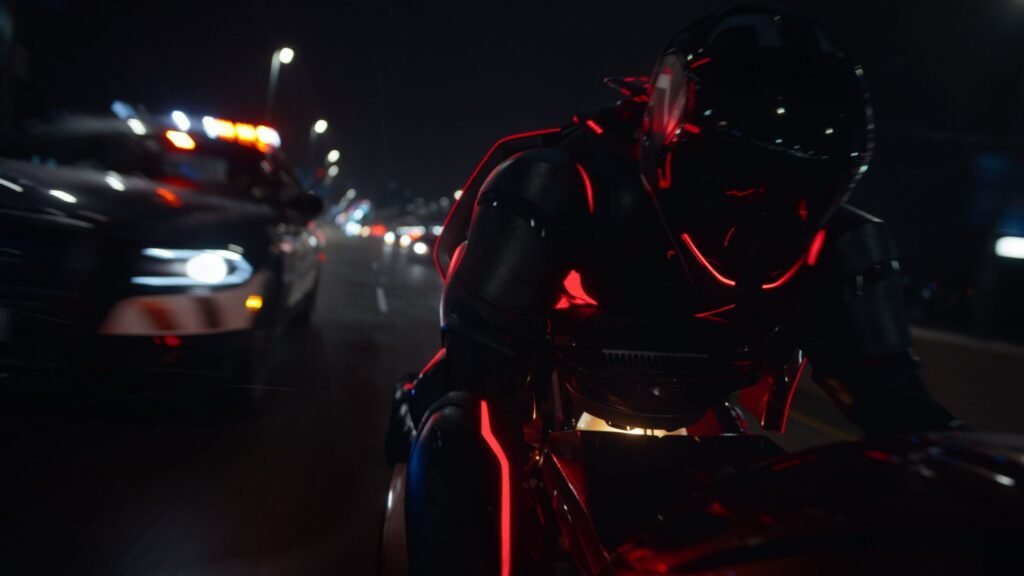Being somewhat of an artificial intelligence character, Jared Leto is on the hunt for the MacGuffin in Tron: Ares, The Permanence Code. A specific code created by Kevin Flynn that allows codes to make “the jump” from digital to reality, Leto’s Ares goes into a retro Tron grid to find Jeff Bridges’ Kevin Flynn.
After beating Athena (Jodie Turner-Smith) by using the Permanence Code and living past the 29-minute expiration limit, and Dillinger (Evan Peters) by hacking and putting a virus in his digitized world, Ares parts ways with programming boss Eve Kim (Greta Lee) to set off on a journey of self-discovery.
During the final moments of the film, Jared Leto’s Ares drives a Ducati motorcycle, and it is evident that the character is going to reflect on his life. However, Ares also has a new purpose, which is to meet Quorra and Sam Flynn, another being from Tron: Legacy (2010). Ares even has an updated photo of what Quorra would look like, thus connecting the 2010 sequel to Tron: Ares.
More than just a film, Tron: Ares manages to flip the script over its head by questioning the illusion of free will through the character of Ares.
Tron: Ares Highlights the Significance of Free Will Through Ares
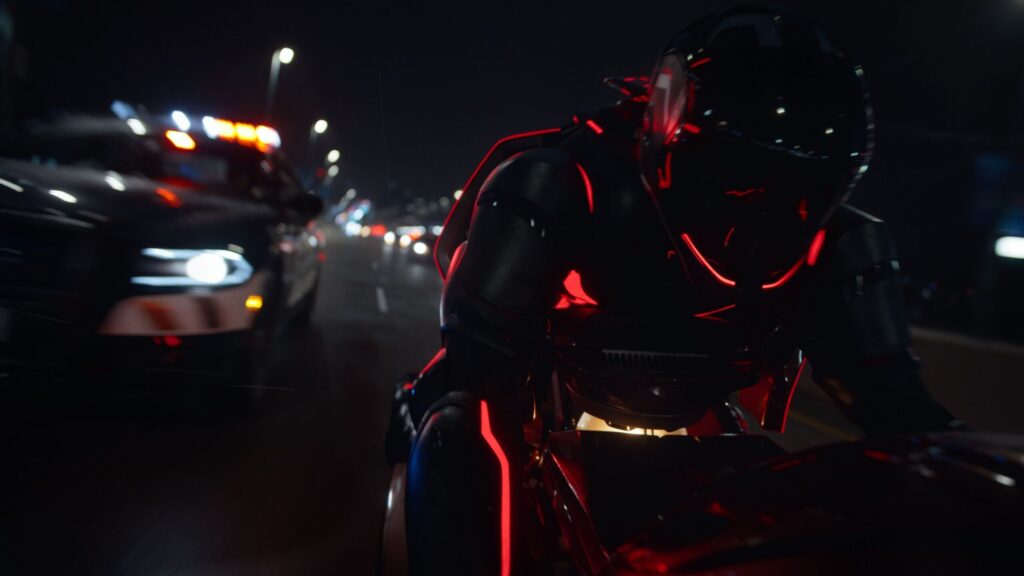
In the Tron movies, it is usually the people who get transported into the digital world full of grids and codes. However, Tron: Ares flips the script by using Jared Leto’s Ares as an artificial intelligence code, who is brought into the human world.
Being a robot, Ares doesn’t have free will, but he gets drawn into the human life, and the “Pinocchio” feeling kicks in. Wanting to break free from his barriers and be more than just random words, Ares betrays his user and, instead of killing Eve, he tries to make a deal with her for the Permanence Code, which will allow him to remain as a physical being and not just a string of code.
The film revolves around Ares’s free will and whether humans, codes, grids, the universe, or any of us are truly free at all. The final moments of the film see Ares riding off on his motorcycle, giving a solemn feel of fleeting free will. However, that ending also sets up for sequels, as the story hasn’t been finished yet.
How Tron: Ares Sets Up Another Sequel in The Grid?
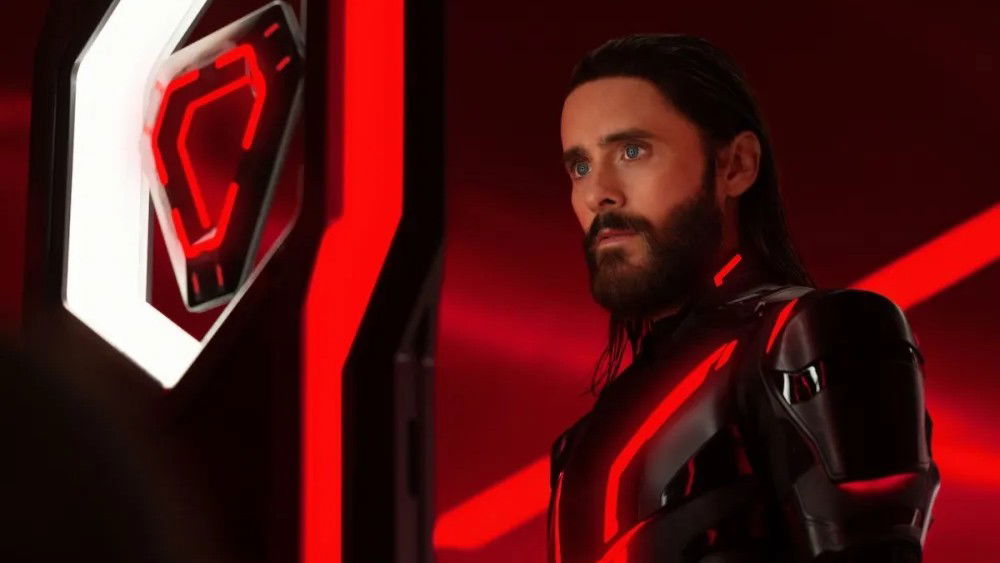
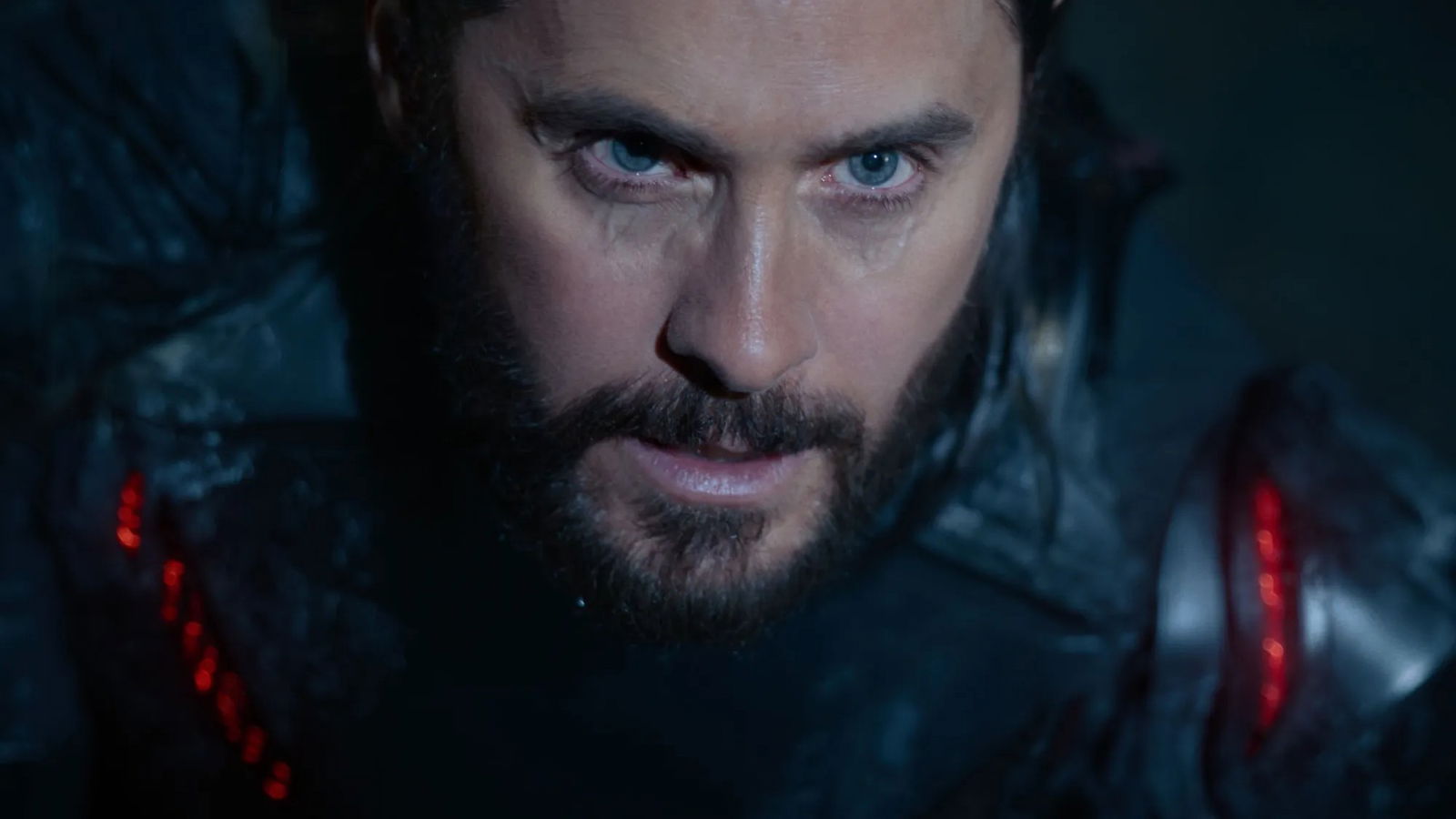
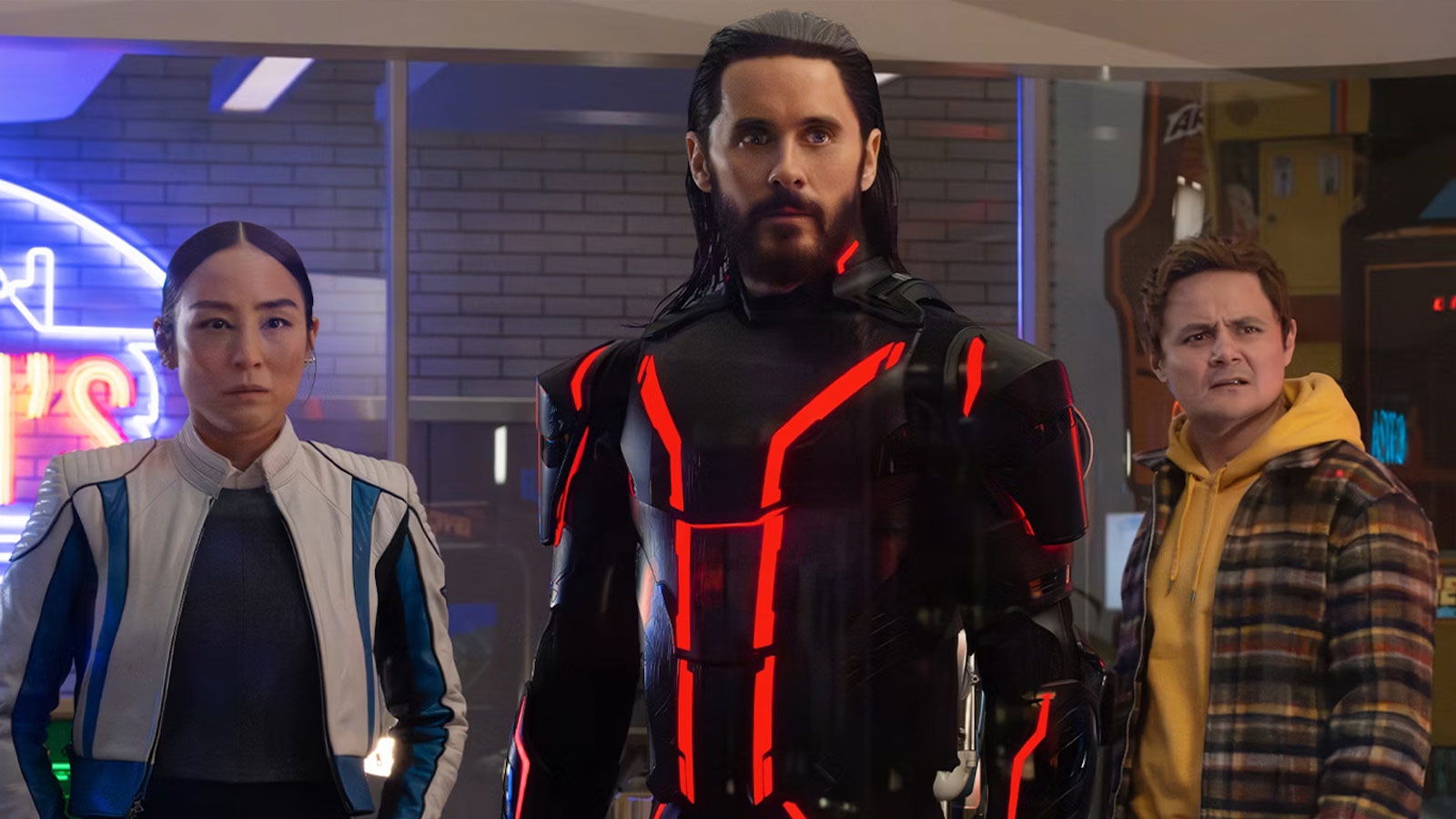
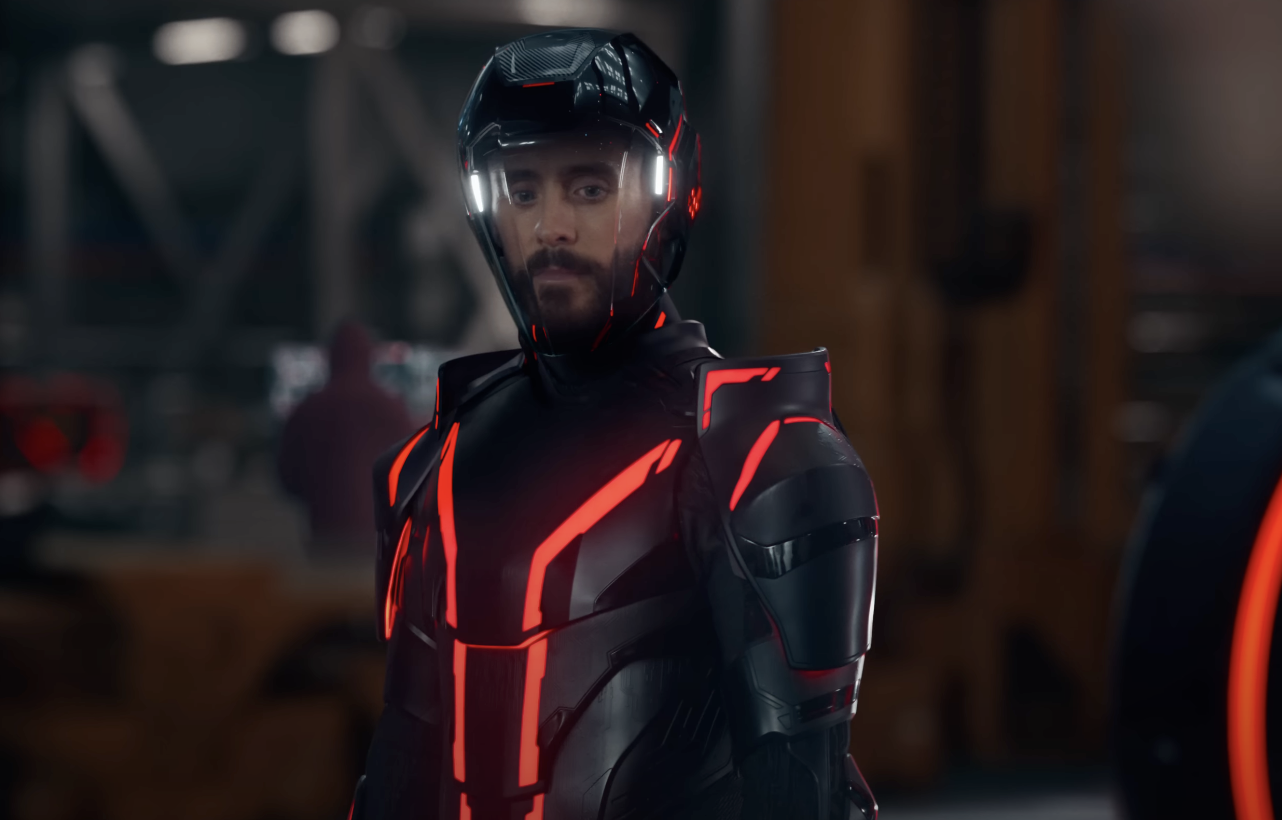
For starters, the final moments of Tron: Ares see Jared Leto’s Ares looking at two photos of Olivia Wilde’s Quorra. Aside from Ares, Quorra is one of the few digitized characters who made it into the real world thanks to the Permanence Code.
Riding off on his Ducati motorcycle, it can be assumed that Ares is going on a search for Quorra and Sam Flynn (from Tron: Legacy). On the other hand, a mid-credit scene also showcases us who (or what) the next antagonist of the Tron franchise would be like.
Julian Dillinger uses his technology to digitize himself and put himself in his corrupt Grid in order not to face repercussions. Inside the wrecked digital landscape, a disc emerges from the floor.
Glowing and resembling the disc from the 1982 film, Tron, Dillinger touches it and is overtaken by the digital armor of Sark. Games Master and second-in-command of the Master Control Program (MCP) from the original film, Sark was the villain in the 1982 film starring Jeff Bridges.
This essentially confirms that Julian Dillinger finally embraces his family’s dark legacy (since it was a Dillinger who had created Sark in the first place back in 1982).
The premise of Ares finding Quorra and Sark 2.0 on the rise perfectly encapsulates what the sequel will be about. Although there has been no confirmation yet, it seems that the sequel will be even greater.
Tron: Ares is currently screening in theaters (USA).

